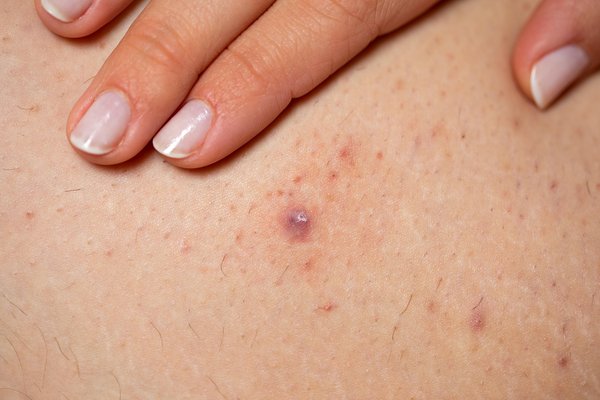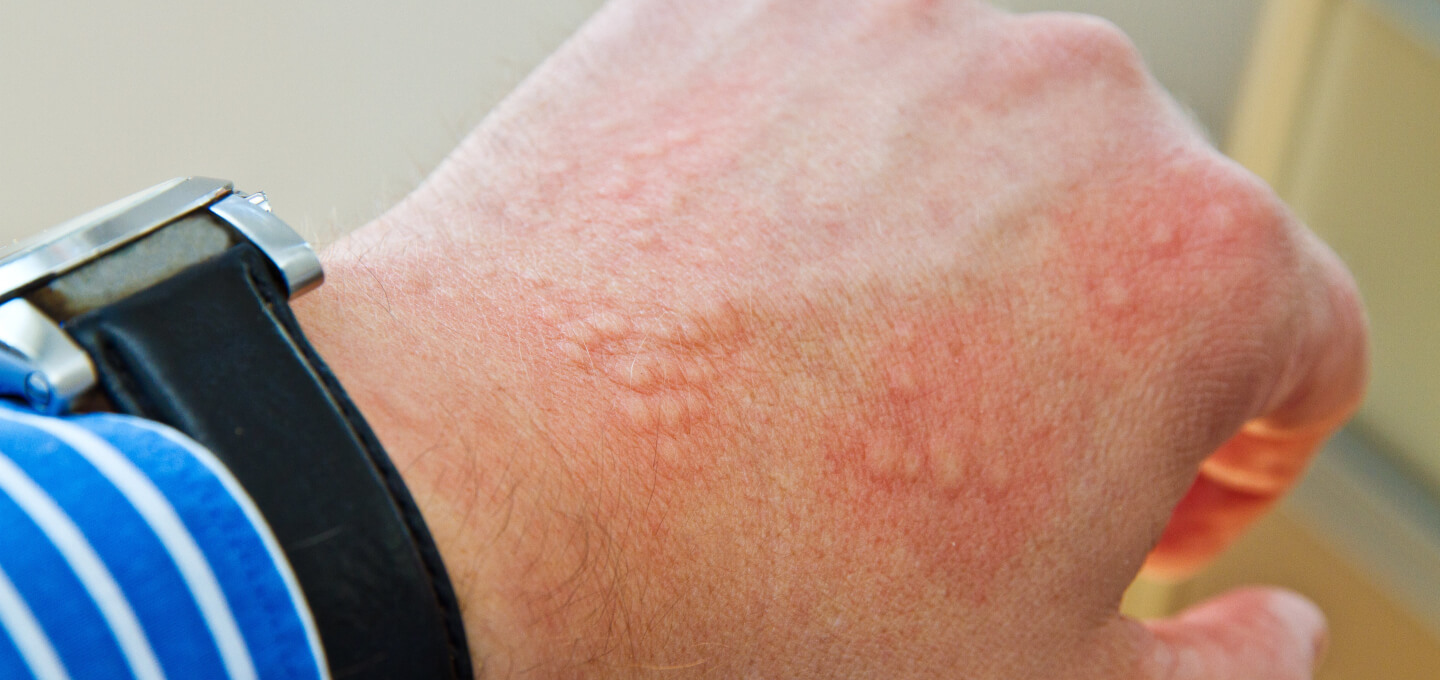Is Something Strange Happening to Your Skin? Here’s What You Need to Know About Groin Irritation
Sometimes, our skin sends us subtle warnings, and we might not even notice. Have you ever felt persistent redness, itching, or a rash in your groin area that just doesn’t seem to go away?
It may be tempting to brush it off as minor irritation, but groin skin problems can sometimes indicate infections, inflammation, or habits that need attention. Recognizing the signs early can make a huge difference in comfort and health.
The groin area is particularly prone to skin issues because it stays warm, moist, and often covered for long periods.
These conditions make it a perfect environment for various skin problems, ranging from mild irritations to infections that need medical care. Understanding the causes, symptoms, and treatments of these conditions can help you take control of your skin health and prevent future problems.
Here’s a comprehensive guide to some of the most common causes of groin irritation and how to deal with them effectively.
1. Ingrown Hairs
What They Are
Ingrown hairs occur when a hair grows back into the skin instead of emerging straight. This can cause small red bumps that sometimes resemble pimples. In some cases, these bumps can become infected and form painful, pus-filled spots.
Causes

Shaving, waxing, or plucking hair too closely
Wearing tight clothing that rubs against the skin
Naturally curly or coarse hair
Symptoms
Small, raised bumps, sometimes with pus
Redness and inflammation
Itchiness or tenderness
Treatment
Apply a warm compress to reduce swelling and encourage hair to grow outward
Gently exfoliate the area to remove dead skin and prevent hair from curling back
Avoid shaving until the area has fully healed
If irritation or infection worsens, consult a dermatologist
2. Folliculitis
What It Is
Folliculitis is an inflammation or infection of the hair follicles. It often presents as clusters of small red or white pimples surrounding hairs and can be itchy or tender.
Causes

Bacterial infections, most commonly from Staphylococcus aureus
Friction from tight clothing
Shaving or waxing
Exposure to contaminated water, such as poorly maintained hot tubs
Symptoms
Clusters of red, inflamed bumps or pustules
Mild itching or burning
Tenderness around the affected follicles
Treatment
Wash the area with antibacterial soap
Apply over-the-counter antibiotic ointments
Use warm compresses to relieve discomfort
For severe or persistent cases, oral antibiotics may be prescribed
3. Tinea Cruris (Jock Itch)
What It Is
Tinea cruris, commonly known as jock itch, is a fungal infection affecting the groin, inner thighs, and buttocks. While it is more common in men, anyone can develop it. The fungus thrives in warm, damp environments.
Causes

Excessive sweating
Tight or non-breathable clothing
Sharing towels, clothing, or sports equipment
Poor hygiene
Symptoms
Red, scaly patches with well-defined edges
Itching, burning, or general irritation
Rash that may gradually spread outward
Treatment
Apply antifungal creams such as clotrimazole or terbinafine
Keep the area clean and dry at all times
Avoid sharing personal items to prevent spread
Wear loose, breathable clothing and underwear
4. Intertrigo
What It Is
Intertrigo is a rash that forms in skin folds, including the groin, due to friction, moisture, and poor air circulation. It can become irritated quickly and may sometimes be complicated by secondary infections.

Causes
Excessive sweating
Skin-on-skin friction
Being overweight
Tight, non-breathable clothing
Symptoms

Red, irritated skin in folds
Burning or stinging sensation
Sometimes accompanied by an unpleasant odor
Treatment
Keep the area dry using absorbent powders or moisture-wicking fabrics
Apply barrier creams such as zinc oxide to protect the skin
Treat secondary bacterial or fungal infections with appropriate products
Preventive Tips
Preventing groin irritation is far easier than treating it. Here are practical steps you can take:
Shave carefully: Always use a clean razor, shave in the direction of hair growth, and apply shaving cream or gel to minimize irritation.
Choose breathable clothing: Opt for cotton underwear and loose-fitting clothes instead of tight synthetic fabrics.
Maintain good hygiene: Wash daily, especially after sweating, and dry thoroughly.
Don’t share personal items: Towels, razors, and clothing can transfer bacteria or fungi.
Avoid harsh chemicals: Fragrance-free soaps and lotions are gentler on sensitive skin.
When to See a Doctor
You should seek professional help if:
The rash doesn’t improve after two weeks of care
There is swelling, pus, or severe pain
You develop a fever or flu-like symptoms
The irritation spreads quickly or keeps returning
A healthcare professional can provide an accurate diagnosis and recommend effective treatment to prevent complications.
✅ Final Thoughts
Groin irritation may be uncomfortable and disruptive, but most cases are preventable and treatable. Whether it’s ingrown hairs, folliculitis, jock itch, or intertrigo, recognizing the signs early is key to relief.
Keeping the area clean, dry, and protected while choosing the right clothing and hygiene practices can significantly reduce the risk of recurring problems.
If symptoms persist or worsen, a doctor’s advice is essential. Taking proactive care ensures your skin stays healthy and irritation-free.
